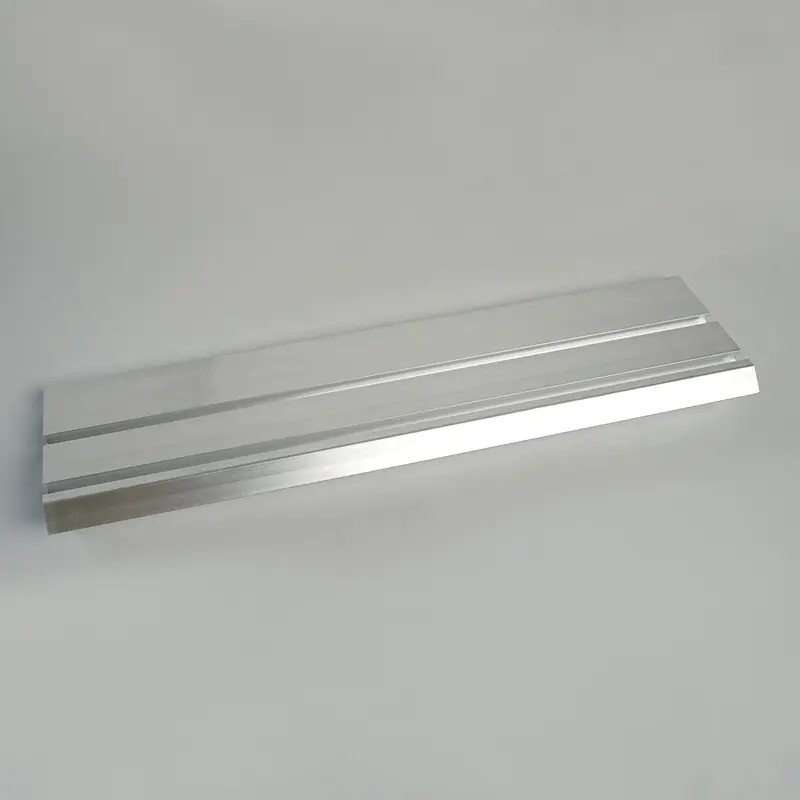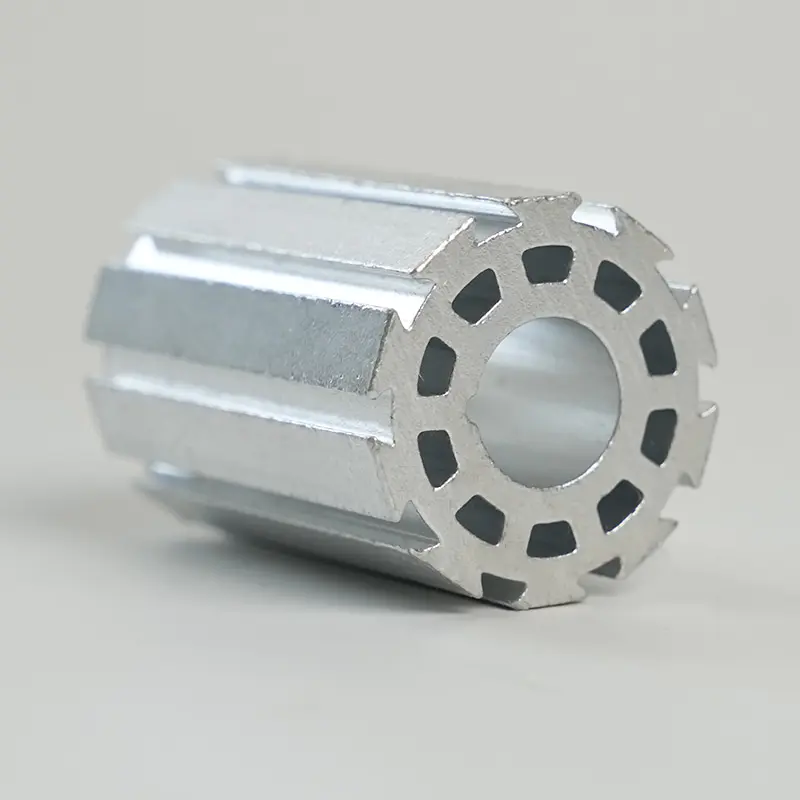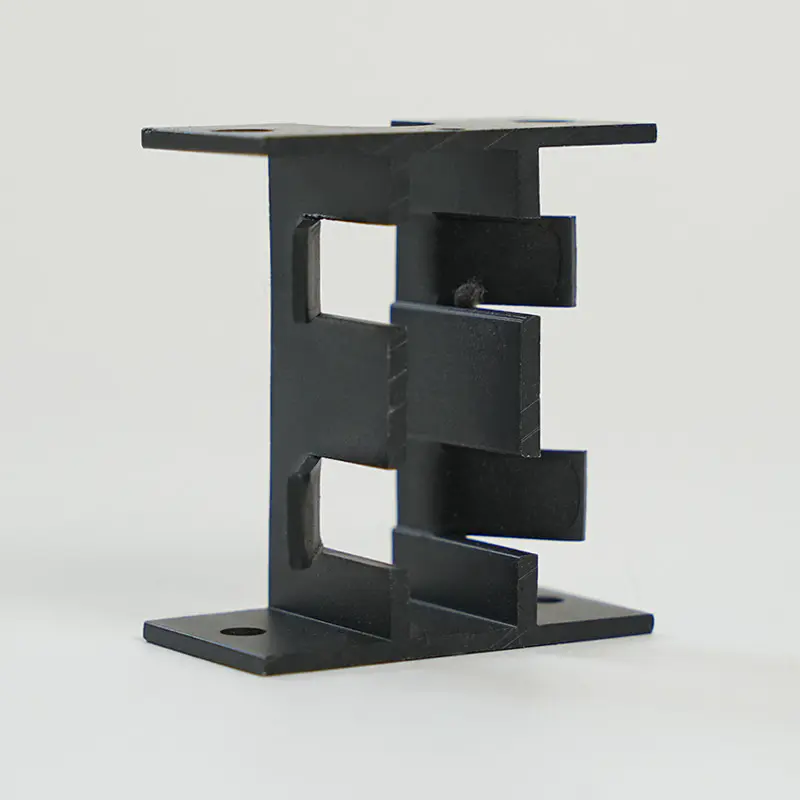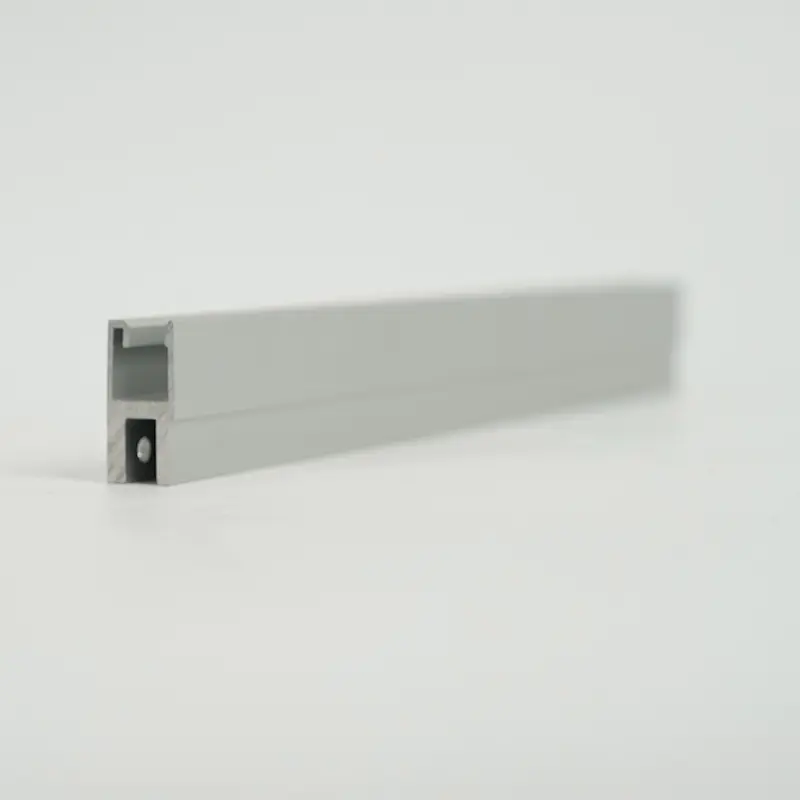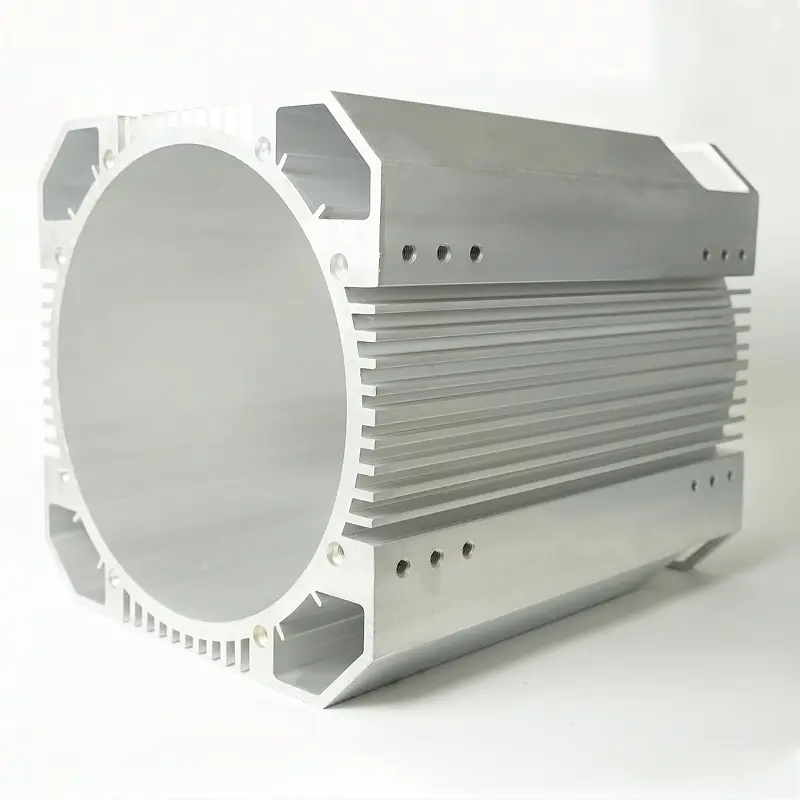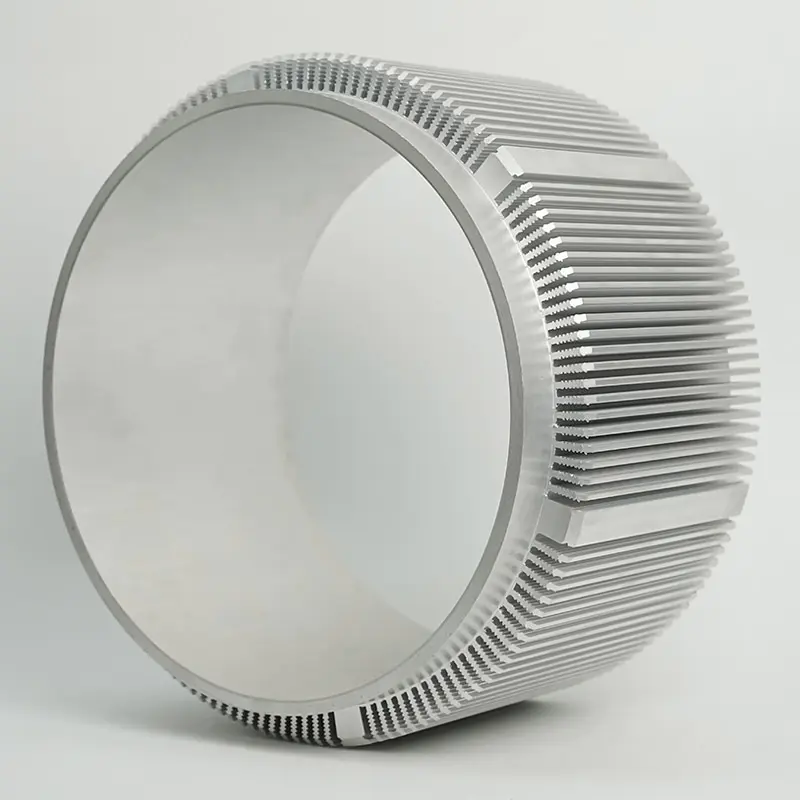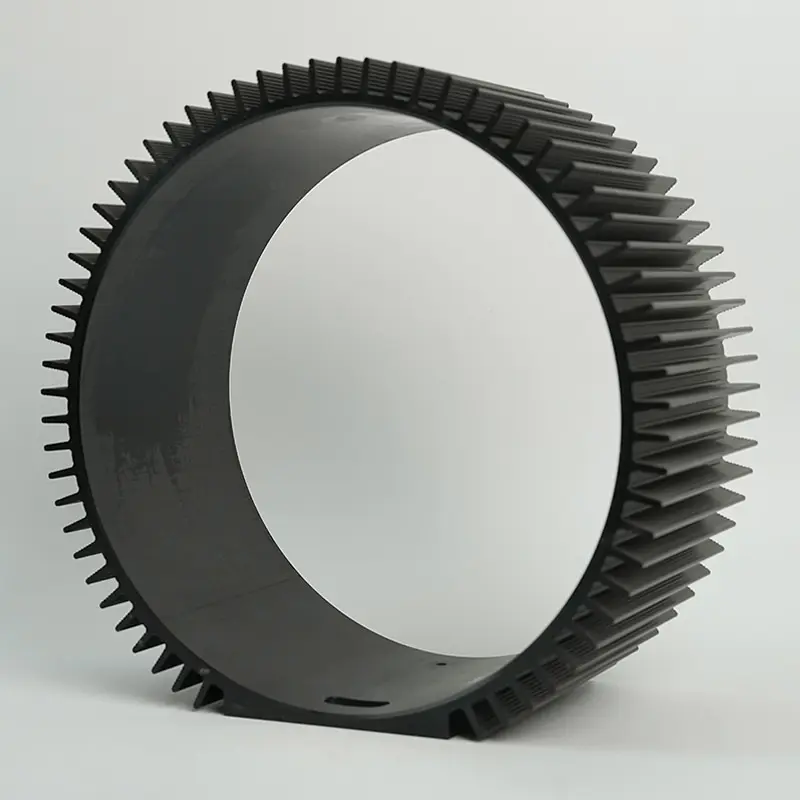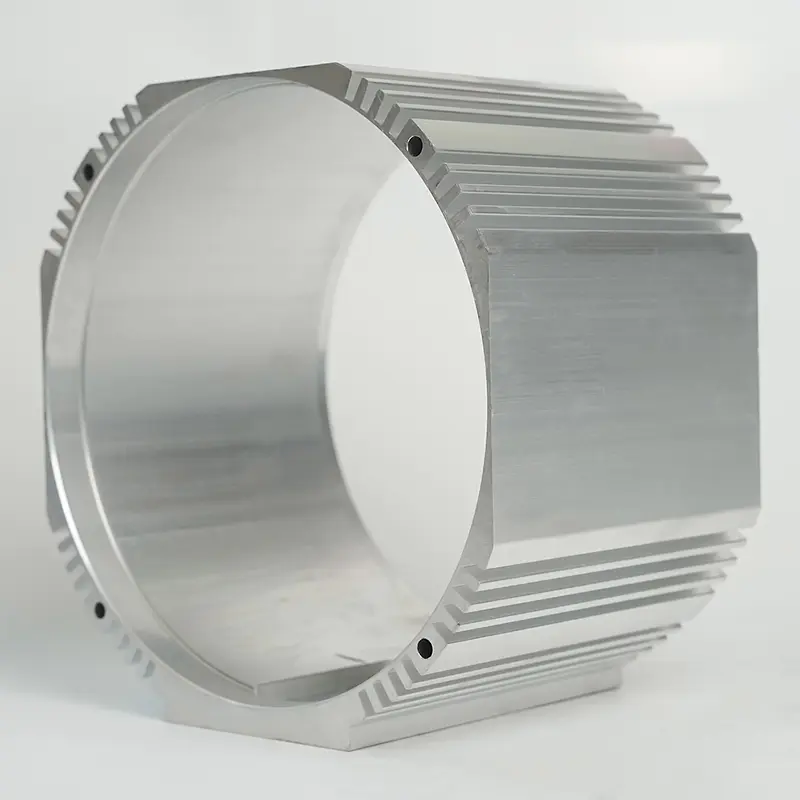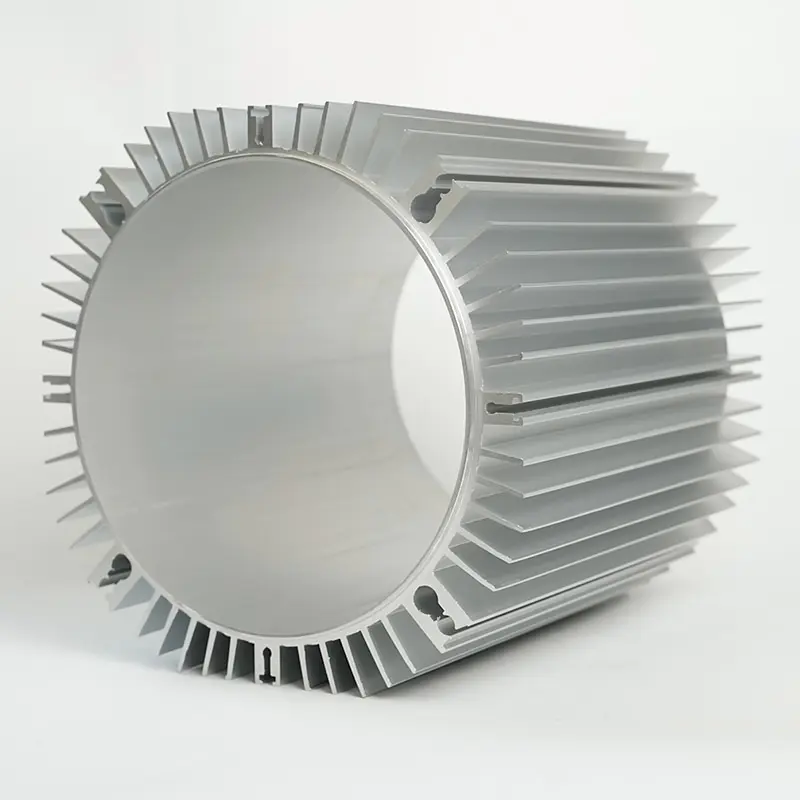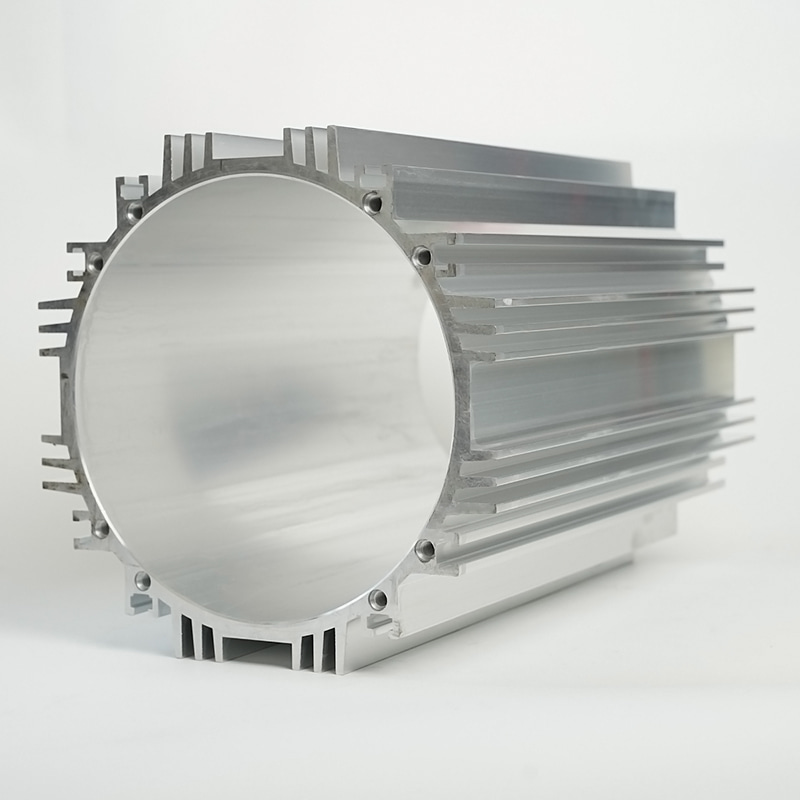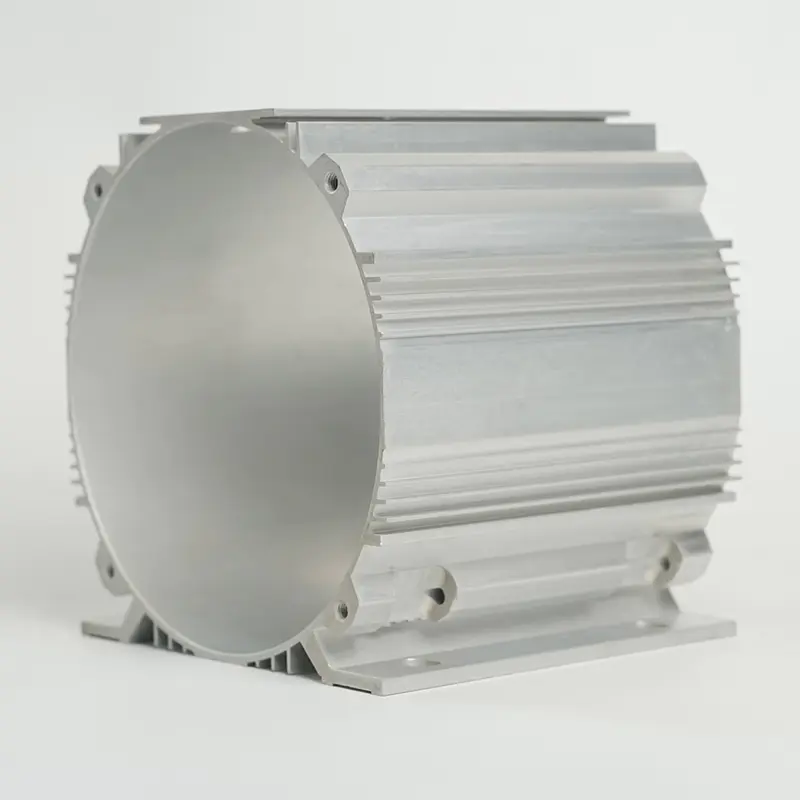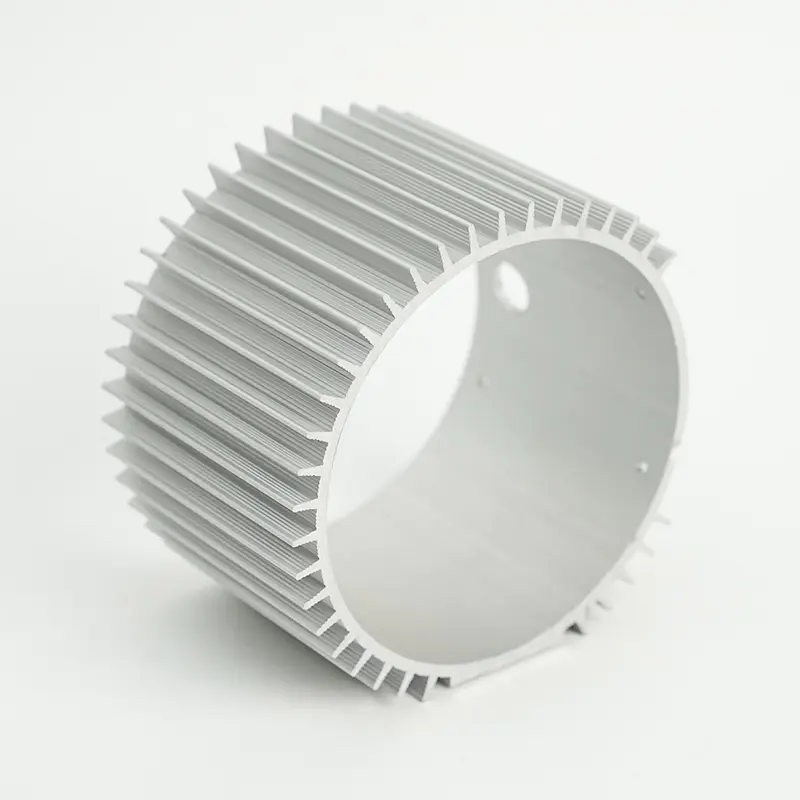1. The core role of Heat Sink Housing in automotive cooling systems
Car engines will generate a lot of heat during operation. If they cannot be dispersed in time, it will cause parts to overheat and fail, and even cause safety hazards. Heat Sink Housing’s main function is to quickly export the heat generated by key components such as engines and gearboxes through efficient heat conduction and heat radiation to maintain the system’s operation within a safe temperature range. Its function is specifically reflected in the following aspects:
First, Heat Sink Housing increases the heat dissipation area, accelerates air flow or liquid circulation, and improves heat exchange efficiency. For example, in a turbocharged engine, the heat dissipation housing can promptly conduct the high temperature of the turbocharger to the cooling medium to avoid performance attenuation caused by turbo overheating.
Secondly, the heat dissipation shell must have good structural strength and corrosion resistance to withstand vibration, impact and complex environmental erosion during the operation of the car (such as high and low temperatures, oil stains, acid and alkaline substances, etc.). This requires that the shell material not only has excellent thermal conductivity, but also meets the balance between mechanical properties and environmental adaptability.
In addition, with the popularity of new energy vehicles, the heat dissipation needs of motors and battery packs also rely on high-performance Heat Sink Housing. The three-electric system of electric vehicles (battery, motor, electronic control) is temperature sensitive, and the efficient heat dissipation shell can ensure battery life and motor efficiency, and improve the vehicle's endurance and safety.
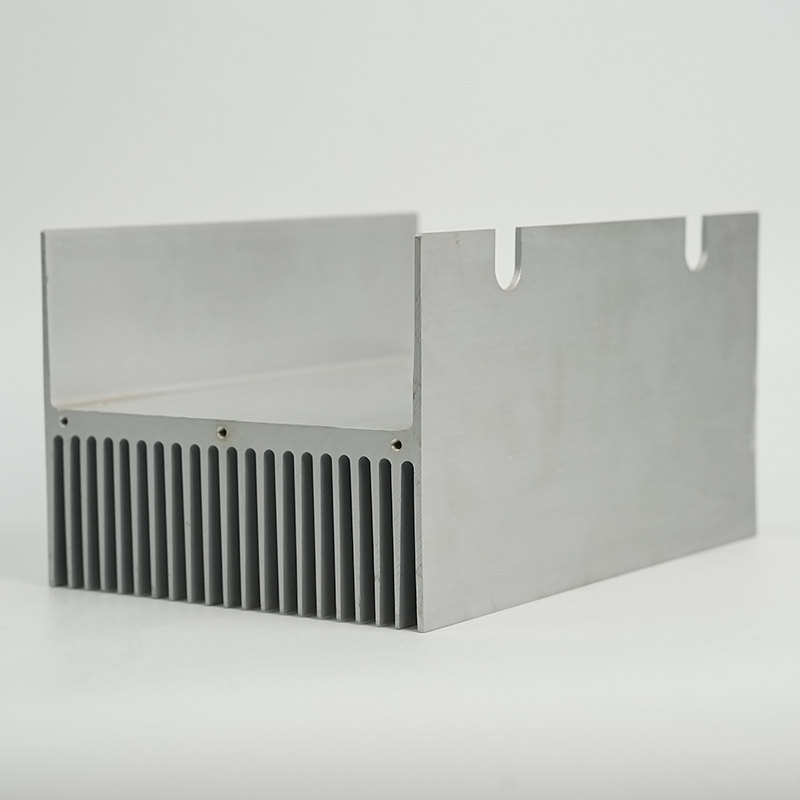
2. Comparison of material selection and performance of Heat Sink Housing
Materials are the basis for determining the performance of Heat Sink Housing. Currently, the commonly used heat dissipation shell materials in the automotive industry include aluminum alloy, copper alloy, magnesium alloy and composite materials, and their characteristics vary significantly:
1. Aluminum alloy: mainstream choice
Aluminum alloy has become the first choice material for automotive heat dissipation shells due to its low density (about 2.7g/cm³), excellent thermal conductivity (thermal conductivity 200-250W/(m·K)), and easy processing and forming. For example, 6063 aluminum alloy has good extrusion properties and is suitable for manufacturing complex shapes of heat dissipation fins; while ADC12 die-cast aluminum alloy is suitable for compact integrated shells due to its good fluidity. In addition, the aluminum alloy surface can improve corrosion resistance and aesthetics through anodization treatment, meeting the dual needs of automobile lightweight and reliability.
2. Copper alloy: high thermal conductivity scenario application
The thermal conductivity of copper alloys (such as copper and brass) is as high as 380-400W/(m·K), and is suitable for scenarios with extremely high requirements for heat dissipation efficiency, such as the engine oil cooler shell of high-performance sports cars or the high-power electronic control module of electric cars. However, the high density (8.9g/cm³) and high cost limits its application in large-scale lightweight designs.
3. Magnesium alloy: a new direction of lightweight
The density of magnesium alloy is only 1.8g/cm³, and it is the lightest metal structural material at present and has certain thermal conductivity (the thermal conductivity is about 150W/(m·K)). With the advancement of magnesium alloy molding technology (such as semi-solid die-casting), its application in automotive cooling shells has gradually increased, especially in the field of new energy vehicles, which can further reduce the weight of the vehicle and increase the range. However, magnesium alloys have poor corrosion resistance and need to be improved through plating or composite treatment.
4. Composite materials: the future of performance breakthroughs
Carbon fiber reinforced polymer-based composite material (CFRP) combines high thermal conductivity and lightweight properties, with a thermal conductivity of up to 100-200W/(m·K), and a density of only 1.5-2.0g/cm³. This type of material can realize the anisotropy of heat conduction and accurately guide the heat transfer path through the orientation of carbon fibers. Although the cost is high at present, it has huge potential for application in high-end automobiles and aerospace fields.
3. Design trends and technological innovations of automotive Heat Sink Housing
In order to cope with the challenges of cooling brought by intelligence and electrification in the automotive industry, the design of Heat Sink Housing is developing towards efficient, integrated and intelligent:
1. Bionic design improves heat dissipation efficiency
Imitating the heat dissipation structures in nature (such as honeycombs and cactus skins) have become a new inspiration for design. For example, optimizing the air flow path through the bionic fin structure can reduce wind resistance while increasing the heat dissipation area. Studies have shown that compared with traditional straight fins, the heat dissipation efficiency of bionic serrated fins can be increased by 15%-20%, especially suitable for air-cooled heat dissipation shells.
2. Microchannel integration technology
Microchannel heat dissipation technology achieves efficient heat exchange by processing micron-scale runners inside the shell to increase the contact area of the cooling medium (water or oil). This technology has been applied to the battery thermal management system of electric vehicles. The integrated design of Heat Sink Housing with the battery case can increase the temperature uniformity of the battery pack by 30%, and control the temperature difference within ±2℃.
3. Intelligent temperature management
With the popularization of Internet of Things (IoT) technology, Heat Sink Housing has begun to integrate temperature sensors and intelligent control systems. For example, the temperature is monitored in real time by a built-in thermocouple or infrared sensor, and the fan speed or coolant flow rate is dynamically adjusted to achieve the optimal balance between heat dissipation efficiency and energy consumption. This intelligent design is especially suitable for hybrid models, and the cooling mode can be automatically switched according to the engine load.
4. Application of Additive Manufacturing (3D Printing)
3D printing technology breaks through the limitations of traditional processing technology and allows the design of complex internal runners and porous structures. For example, an aluminum alloy heat dissipation shell made with selective laser melting (SLM) technology can achieve a shaped cooling channel. Compared with the traditional extrusion process, the heat dissipation efficiency is increased by more than 40%, while reducing material consumption by 20%.
4. Heat Sink Housing's optimization solution and performance verification
In automotive cooling systems, the optimization of Heat Sink Housing requires comprehensive consideration of thermal performance, mechanical strength and cost control. The following are the key optimization steps:
1. Thermal simulation analysis: Thermal flow field simulation is performed through CAE tools such as ANSYS and Fluent, and the fin spacing, thickness and runner layout are optimized to ensure uniform temperature distribution. For example, after the engine cooling shell of a certain vehicle model is optimized through simulation, the maximum temperature is reduced by 12℃ and the heat flow density is increased by 25%.
2. Structural strength verification: Use finite element analysis (FEA) to verify the reliability of the shell under vibration and pressure loads to avoid cracking caused by resonance or stress concentration. In lightweight design, topological optimization is required to retain materials in key stress-bearing areas and hollow out non-bearing areas to achieve the optimal ratio of strength and weight.
3. Process matching: Select the appropriate processing technology according to the material characteristics. For example, the aluminum alloy extrusion process is suitable for mass production of regular-shaped heat dissipation shells, while the die-casting process is more suitable for complex cavity structures; for small batch customization needs, 3D printing or CNC processing is more flexible.
4. Performance Test: Verify the actual performance of the heat dissipation shell through wind tunnel tests, thermal cycle tests, etc. Key indicators include thermal resistance (Rth), heat dissipation power (Q), voltage drop (ΔP), etc., and it is necessary to ensure that all parameters meet the vehicle design standards.
Against the backdrop of the transition from the automotive industry to efficient and electrification, Heat Sink Housing, as the core component of the cooling system, improves its performance is crucial to the reliability and energy efficiency of the entire vehicle. In the future, with the advancement of materials science and manufacturing technology, a heat dissipation shell with both lightweight, high thermal conductivity and intelligence will become the mainstream of the industry. Enterprises need to continue to pay attention to technological trends, and create heat dissipation solutions that meet the needs of the next generation of automobiles through material innovation, design optimization and process upgrades, and take the lead in the fierce market competition.


 English
English Español
Español

